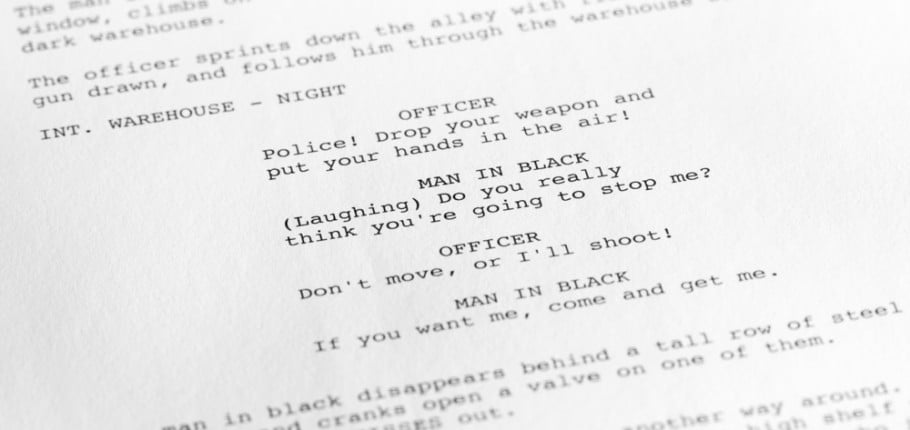
What Makes a Screenplay Character Driven?
The term “character driven” gets bandied about pretty consistently, but what does it mean? Isn’t every story character driven? Doesn’t every story start with character? Doesn’t every movie need a compelling character at the center of it? You’d think the answer would be yes, but more often than not that isn’t the case. Look at the Transformer films. No character there. Just giant hunks of metal smashing into other giant hunks of metal.
The two main elements of screenplay writing are plot and character. Plot, in over-simplistic terms, is the external force that moves our characters from point A to B to C. For example if you took Legolas out of Lord of the Rings the movies would basically be the same. They’re about a guy trying to take a ring to a volcano and destroy it. If you remove one of the characters, some minor details could be altered but the majority of the story would be the same.
In the character driven screenplay, various characters bounce off one another, setting each other on different trajectories. These frictions cause the story to develop and move in a given direction. Drive, directed by Nicolas Winding Refn, is a prefect example of a story that is supremely character driven. If you swapped out Driver with someone else, the story would be completely different since so much of the drama and action in the film comes from Driver’s distinct POV (point of view) on the other characters within the story.
Constructing a character driven screenplay requires a certain honesty about human nature and a keen attention to detail. As the writer, you have to constantly assess how your characters interact with each other and the world around them. You need to know what they would do in nearly any given circumstance. In order to do this well, you have to start with believable, well-defined, interesting characters that will allow you to make the most of your story, often stretching it and changing it in ways that will surprise you as you write.
The Dark Knight is another film that is almost entirely character driven. Remove any of the characters from the film and that would substantially alter the end product. Surely, the film is about two men, The Joker and Batman, competing against one another. But the entirety of the film is constructed upon how the various characters provoke and interlock with one another. Even removing minor characters like Harvey Dent or Rachel would fundamentally alter the film’s trajectory.
Creating a screenplay that is character driven means that you need to develop a character that people will find interesting and honest enough to get invested in. The antithesis to that is just about every Chuck Norris film you can think of. They’re basically all the same rehashed revenge plots where Chuck goes out and kills the bad guys. Making a character driven film out of the archetypal chuck Norris protagonist might be a gallant effort but, chances are, it just wouldn’t work. There just isn’t much that’s all that interesting about the Chuck Norris character. He might have noble intentions but he’s boring and two-dimensional. Kicking butt is what we want most to see him do. He serves the plot and the plot is all about getting those bad guys and teaching them a lesson.
Don’t overthink it. Just remember, in a character driven story the character drives the action. All the decisions they make come from an internal place. These decisions need to be easy to identify, clear, and something that most of us can identify with. Sure, writing this kind of screenplay will require a little more thought power, planning, and guts. But no matter what, writing a great script always requires sitting down and hashing it out, so you might as well write the kind of story you want to write. Find the real voice for that lovable but misunderstood character that’s locked inside your head. Go ahead and develop that mumbling accountant with a heart of gold into something special. Go for the POV that’s altogether new but very believable.
Write. Create. Make.
What X Files Did Right
Get more film and screenwriting tips here.
Find out more about Film Connection’s real world approach.



